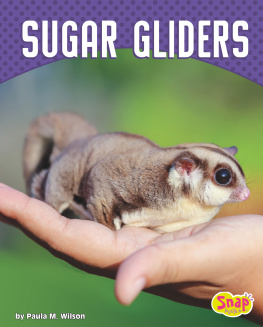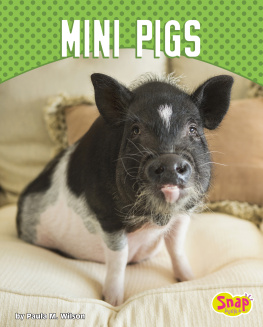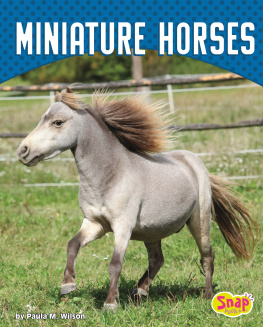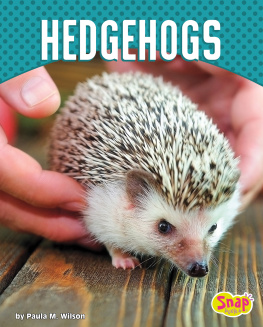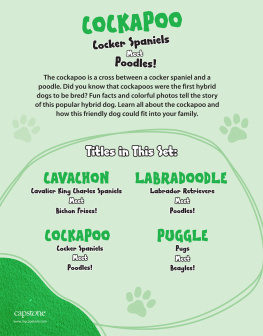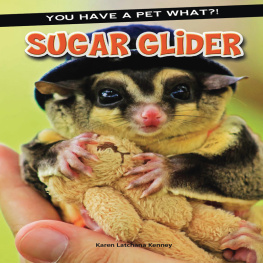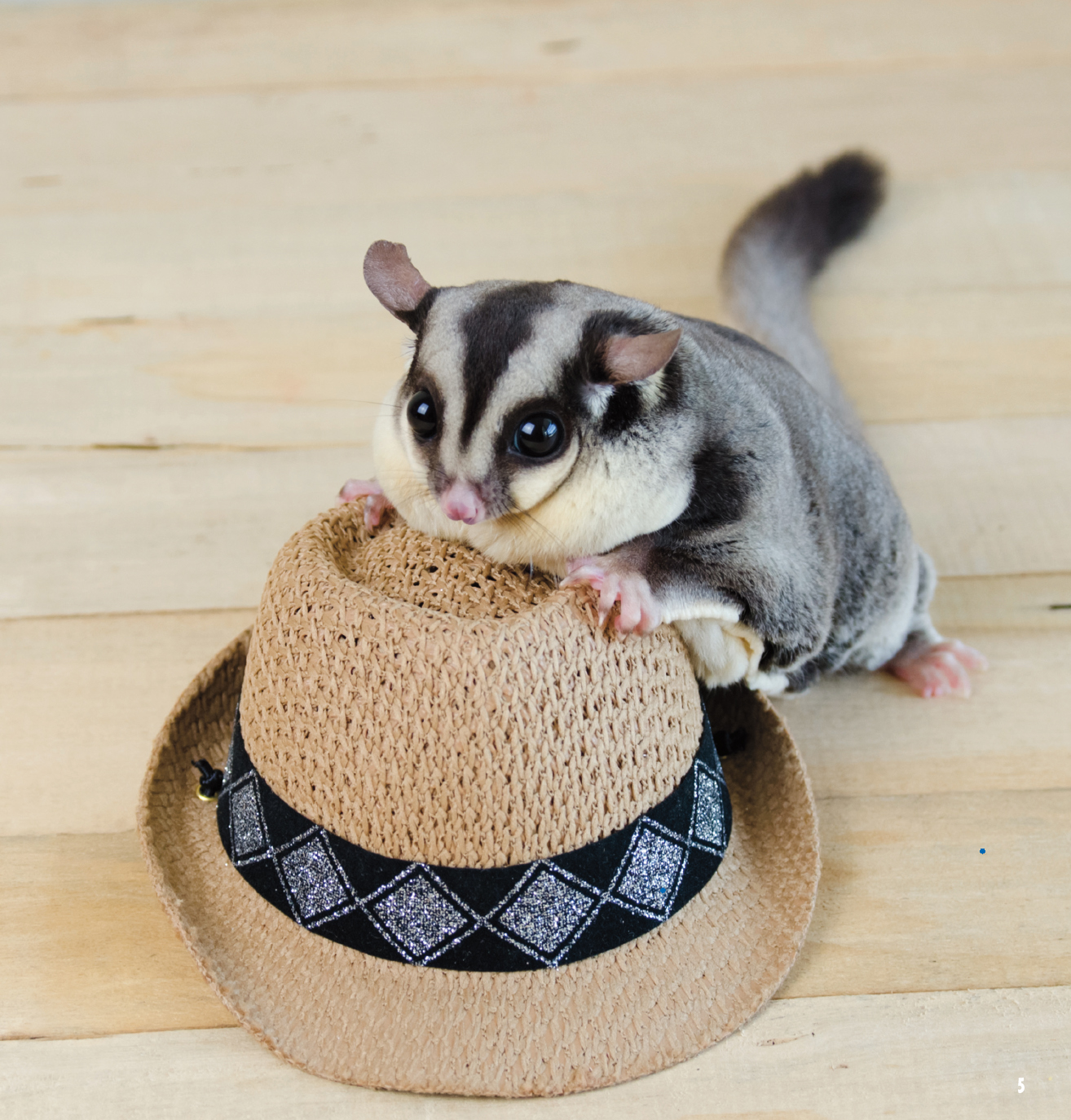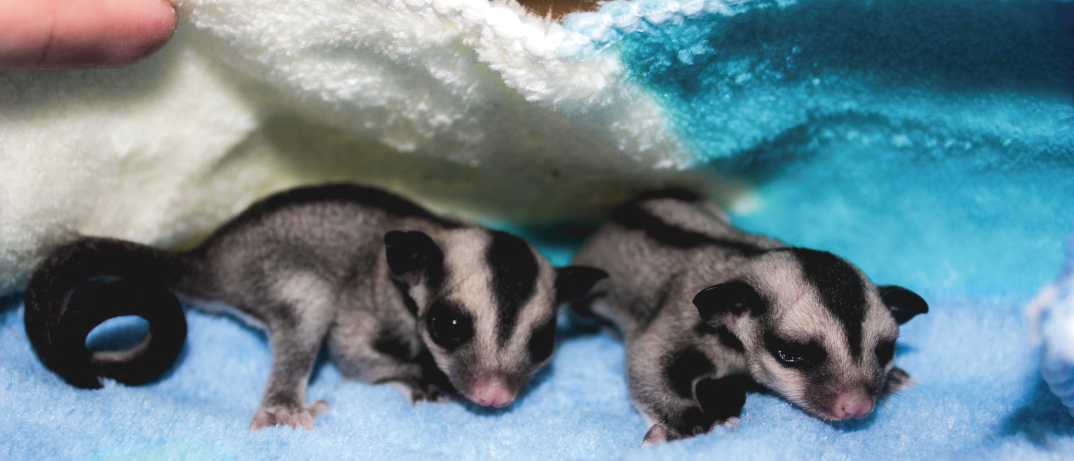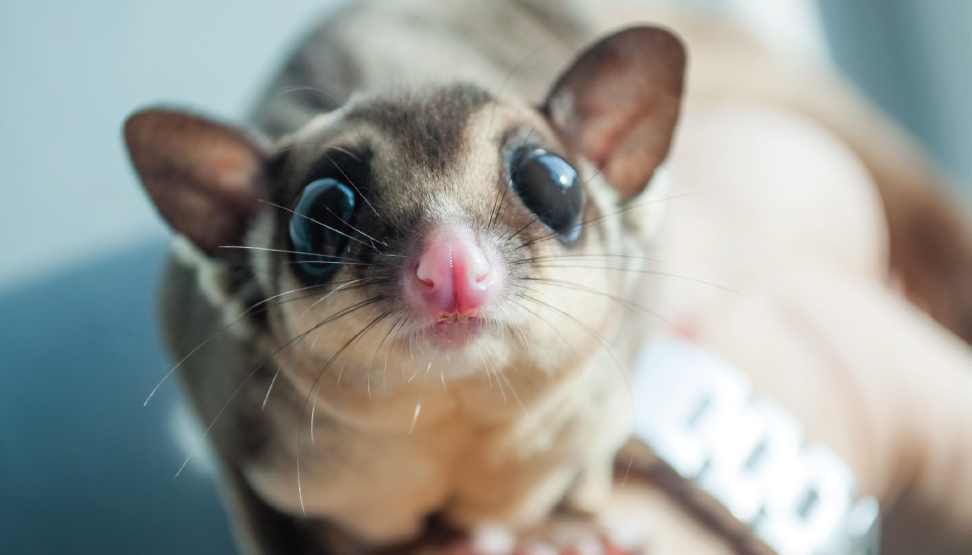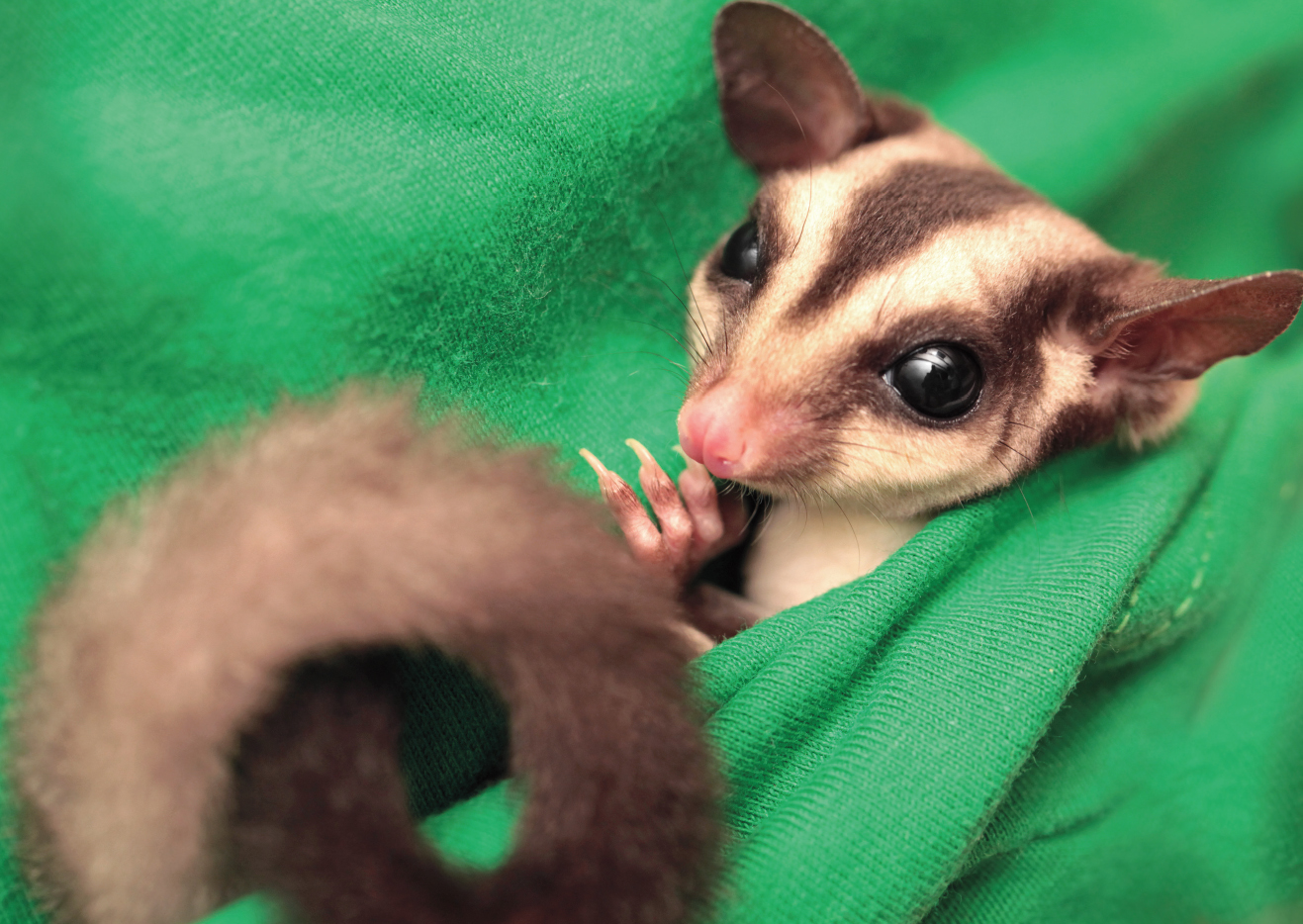When a sugar glider is born, it is about the size of a grain of rice and has no hair.
As soon as a sugar glider is born, it moves into its mothers pouch. The baby, called a joey, stays in the pouch for about 70 days. Then it spends about two months in a nest until it can survive without its mother or father. Male sugar gliders are active in taking care of the young. They help keep the joeys warm and look after them.
If a sugar glider gets too cold or needs to hide from a storm, it goes into a state called torpor. Its heart rate slows down. Its body temperature lowers. Torpor helps the animal save energy. It may stay in torpor for up to 16 hours.
Sugar gliders are . This means they are more active at night. Their big round eyes help them see in the dark.
DID YOU KNOW?
The ankle joints of sugar gliders rotate 180 degrees. This allows them to climb down a tree headfirst.
A flap of skin connects a sugar gliders front feet to its back feet. This flap is called a patagium. The patagium acts like a parachute as the animal glides. Its long tail helps it steer. A sugar gliders tail is partly . It lets the animal grip leaves and brush.
Sugar gliders have very good night vision, but they only see in shades of gray and red.
GLIDING HIGH
Sugar gliders might look like they are flying, but they are actually gliding through the air. Unlike birds, sugar gliders do not have wings to flap. Sugar gliders launch themselves from one branch and grab onto the next with all four feet.
Sugar gliders have five toes on each foot. Sharp claws help them hang onto tree branches. Like humans, they have . These thumbs help sugar gliders grip tree branches and pick up food.
Most sugar gliders are gray. A dark stripe runs down their backs. Their faces are also striped. Cream-colored fur covers their underbellies. Some sugar gliders are white or tan. A sugar glider is 5 to 7 inches (13 to 18 centimeters) long. Its tail is 6 to 10 inches (15 to 25 cm) long. An adult sugar glider weighs 3 to 5 ounces (85 to 142 grams).
CHAPTER 2
SUGAR GLIDERS AS PETS
Sugar gliders are somewhat new to the pet world. People first began keeping them as pets in the 1990s, mostly in the United States and Canada. Their tiny bodies and adorable faces make them hard to resist. Sugar gliders make great companions. They are social animals. They like to be with their owners and other sugar gliders. Another reason they are such popular pets is that they do not have strong odors. Sugar gliders groom themselves. They only need occasional bathing.
Social media has helped sugar gliders become more well-known in recent years. Dozens of Facebook groups are dedicated to sugar gliders and their owners. Instagram and Twitter feature hundreds of photos of this pet. A pair of sugar gliders named Jimjim and Jumpee have 20,000 followers on Instagram. Another Instagram account called Sugar Glider Nation has nearly 30,000 followers.
Some owners walk around their homes with their sugar gliders in their pockets.
GLIDER CON
Gliding Together is a sugar glider conference held every year in Ohio. The conference brings together sugar glider owners from around the country. They go to workshops and have discussions with experts. The conference also gives owners the chance to show off their pets.
ARE SUGAR GLIDERS IN YOUR FUTURE?
Caring for a pet is a big responsibility. Sugar gliders need daily attention from their owners. Talk to your parents about owning a sugar glider. Answer these questions before you decide if a sugar glider is right for you:

